The director of the Tour requests changes in cyclist clothing to make it safer
Voces continue to rise in the cycling world demanding more safety in competitions. The latest to do so has been the director of the Tour de France Christian Prudhomme, who called for cycling clothing to have more safety elements, "it is unacceptable that with the slightest fall the jerseys and shorts are destroyed and cyclists suffer injuries and abrasions," argued the leader of the French race.

Christian Prudhomme also raises his voice demanding more safety in races
It seems that the safety issue in races has finally been opened and, little by little, we are hearing opinions and proposals on how to improve cyclist safety against the falls inherent in this sport.
The latest to do so has been Christian Prudhomme, director of the Tour de France, who focused on the technical clothing worn by cyclists and which, often, we see completely torn due to a fall, no matter how minimal it may be.
RECOMENDADO
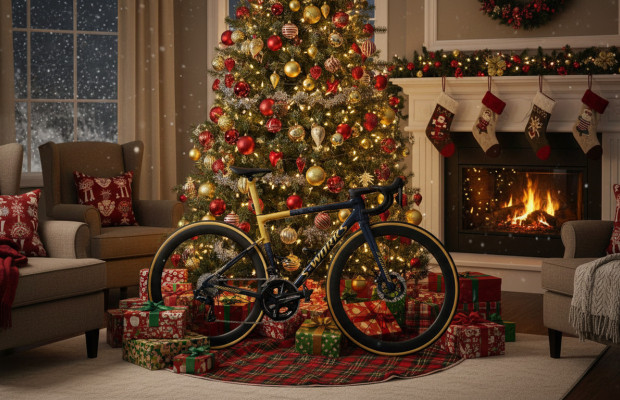
25 cycling gifts ideas to get it right

When do helmets have to be changed? Do they have an expiration date?
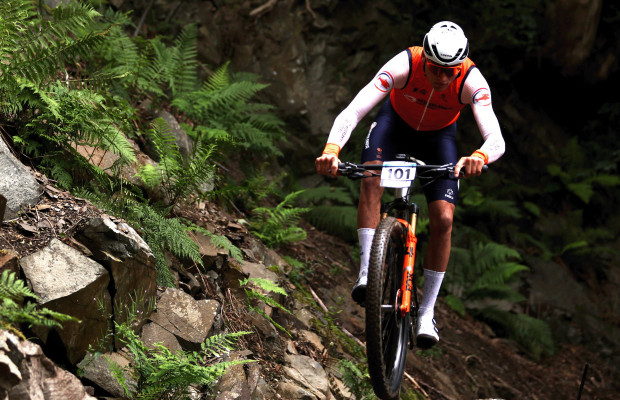
Some reasons to stay away from the road in winter
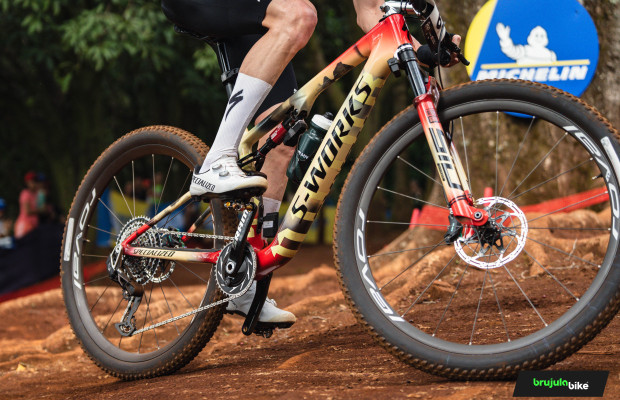
S-Works: what does it really mean and where does Specialized's most exclusive label come from?

The best apps for cycling and mountain biking
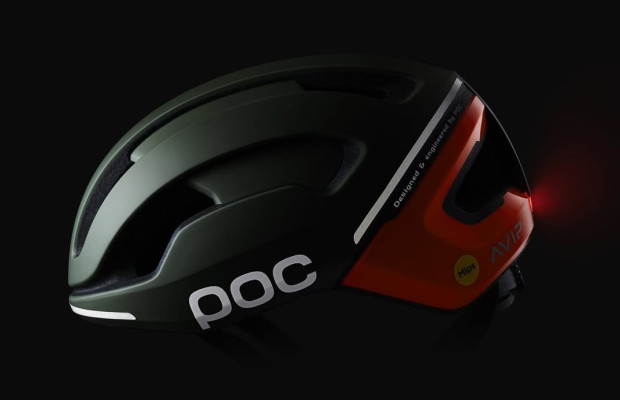
Black Friday 2025 cycling bargains: save on Garmin, POC, Maxxis and more

Prudhomme pointed out that cyclist clothing does not have any safety elements as in other sports such as motorcycling, leaving an image of cyclists after each minimal fall with jerseys and shorts made of thin lycra completely torn by abrasion with the asphalt, a clear example that they are barely able to protect the cyclist's integrity.
The director of the Tour de France focused his attention on one of the most common injuries for cyclists in case of a fall, such as collarbone fractures, which should be protected. He gave the example of rugby, a sport where traditionally players have worn a simple shirt and that currently have garments that add protection.
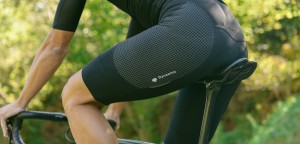
Therefore, he criticized that cycling clothing brands dedicate many efforts to designing lighter, more breathable, or more aerodynamic garments in order to improve performance, and yet few have considered incorporating extra protection measures such as, for example, the Spanish brand Etxeondo has been doing for some years with their Orhi shorts with side panels of anti-abrasive Dyneema fabric or some prototypes of shorts with airbag that have already been seen on social media.
In any case, these are constructive proposals and it is only a matter of time before brands take up the challenge to find ways to better protect the cyclist's integrity without compromising the performance of their garments. A tough challenge for textile companies.